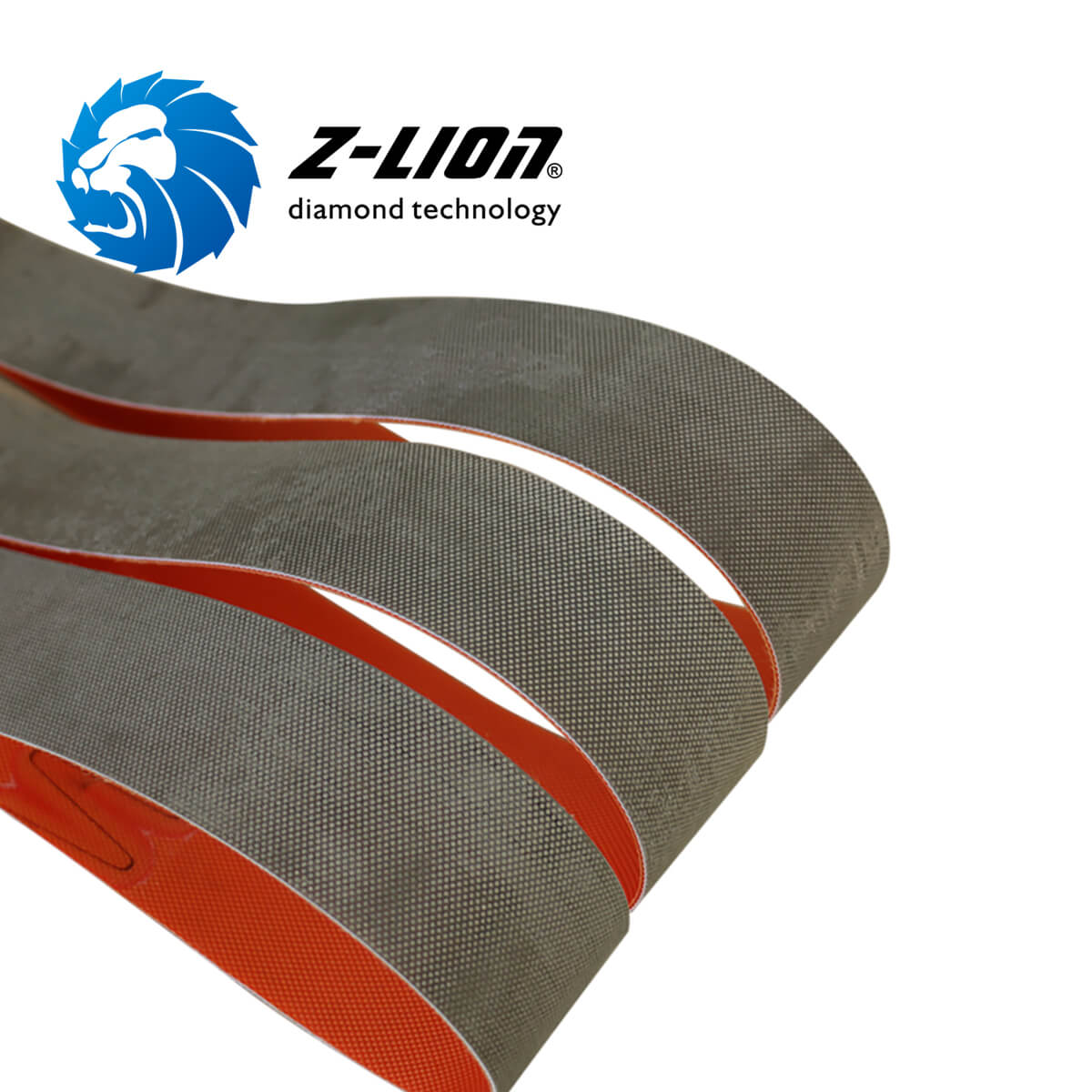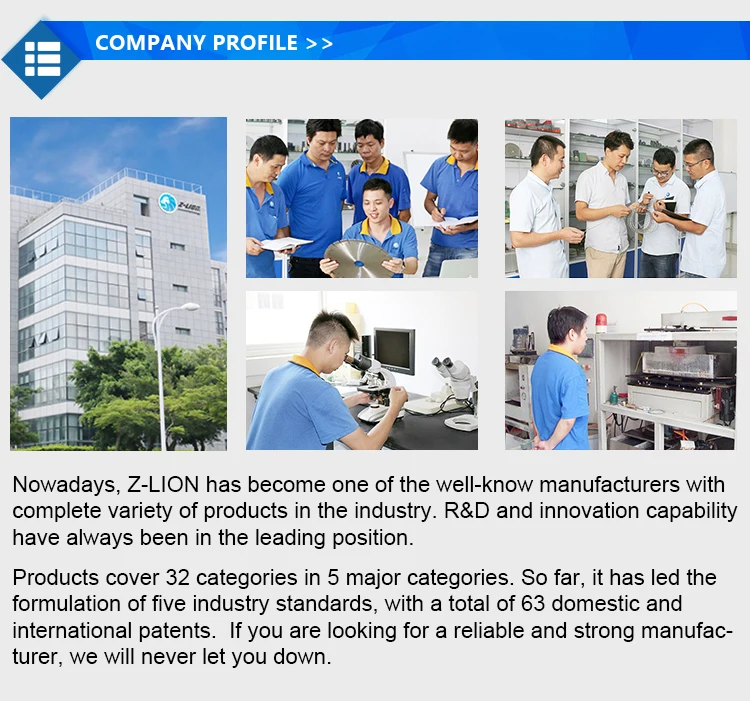The Ultimate Guide to Abrasive Sanding Belts
Introduction
Welcome to "The Ultimate Guide to Abrasive Sanding Belts"! In this comprehensive article, we will delve into the world of abrasive sanding belts and provide you with all the information you need to know. Whether you are a professional craftsman, a DIY enthusiast, or simply curious about sanding belts, this guide is for you.
Sanding belts are an essential tool for a wide range of applications, from woodworking to metalworking, knifemaking to automotive repair. They are designed to remove material, shape surfaces, and achieve a smooth finish. With the right knowledge and understanding, you can choose the perfect sanding belt for your specific needs.
In this guide, we will explore the different types of abrasive grains used in sanding belts, such as aluminum oxide, ceramic, zirconia, and silicon carbide. We will also discuss the importance of selecting the right grit size for optimal performance and the various applications and industries that benefit from using sanding belts.
Additionally, we will provide valuable tips on how to maintain and clean your sanding belts to extend their lifespan and ensure optimal performance. And if you can't find the size or type of sanding belt you need, we will guide you on how to order custom belts.

So, whether you are a seasoned professional or just starting your sanding journey, this guide will equip you with the knowledge and expertise to make informed decisions and achieve outstanding results with abrasive sanding belts. Let's dive in and discover the world of sanding belts together!
Understanding Abrasive Sanding Belts
When it comes to sanding, abrasive sanding belts are an essential tool. These belts are designed to remove material and provide a smooth finish on various surfaces. Understanding the different aspects of abrasive sanding belts will help you choose the right one for your specific needs.
One of the key factors to consider is the type of abrasive grain used in the belt. There are several options available, each with its own unique properties. Aluminum oxide is a popular choice for general-purpose sanding and grinding. It is suitable for ferrous metals, plastics, composites, and wood.
For more demanding applications, ceramic sanding belts are the preferred choice. Ceramic alumina is a strong abrasive material that self-sharpens and runs cooler than other options. It is ideal for working with super alloys, stainless steel, nickel, cobalt, and non-ferrous metals.
Zirconia sanding belts offer fast cutting and grinding capabilities. They can be used for both wet and dry applications, making them versatile for various projects.
Silicon carbide sanding belts are commonly used for floor sanding, especially on hardwood floors and concrete.
To choose the right grit size, you need to consider the aggressiveness of the sanding belt. Lower grits, such as 24-40, are more aggressive and suitable for heavy material removal. Medium grits, like 60-80, are ideal for moderate material removal. Higher grits, above 120, are used for light material removal and finishing.
Understanding these aspects of abrasive sanding belts will help you make an informed decision when selecting the right belt for your project. Whether you are working with metal, wood, or other materials, there is a sanding belt available to meet your needs.
Types of Abrasive Grains
When it comes to abrasive sanding belts, the type of abrasive grain used plays a crucial role in determining their effectiveness for different applications. There are several types of abrasive grains commonly used in sanding belts, each with its own unique properties and advantages.
Aluminum Oxide: This is a popular and economical option for general-purpose sanding and grinding. Aluminum oxide is suitable for use on various materials such as ferrous metals, plastics, composites, and wood.
Ceramic: Ceramic alumina is a stronger abrasive material that self-sharpens and runs cooler than most alternatives. It is ideal for sanding and grinding super alloys, stainless steel, nickel, cobalt, and non-ferrous metals.
Zirconia: Zirconia sanding belts are known for their fast cutting and grinding abilities. Unlike aluminum oxide and ceramic, zirconia belts can be used for both wet and dry applications. They are commonly used on ferrous metals, composites, wood, plastics, and other metals.
Silicon Carbide: Silicon carbide is primarily used for stone, glass, and hardwood applications. It is a go-to grain for the flooring industry and is useful for sanding hardwood floors and concrete.
Choosing the right abrasive grain for your sanding belt depends on the specific material you are working with and the desired outcome. Aluminum oxide is a versatile option, while ceramic and zirconia are preferred for tougher metals. Silicon carbide is best suited for specific applications like stone and glass.
Understanding the different types of abrasive grains allows you to make an informed choice based on your specific needs. Whether you are working with wood, metals, or other materials, selecting the right abrasive grain can greatly enhance the efficiency and quality of your sanding and grinding tasks.
Choosing the Right Grit Size
When it comes to choosing the right grit size for your abrasive sanding belts, it's important to understand the level of material removal you need and the desired finish for your project. Grit size determines the aggressiveness of the sanding belt, with lower numbers indicating a more aggressive grain and higher numbers indicating a finer grain for lighter material removal and finishing.
For aggressive material removal, such as shaping or leveling surfaces, grit sizes between 24 and 40 are recommended. These lower grit sizes are ideal for heavy-duty applications and can quickly remove stock material.
If you need a balance between material removal and finishing, grit sizes between 60 and 80 are suitable. These medium grit sizes are commonly used for general sanding and preparing surfaces before applying finishes.
For light material removal and finishing, grit sizes above 120 are recommended. These finer grit sizes are ideal for achieving a smooth and polished surface, especially for finishing touches on woodwork or metal projects.
To determine the right grit size for your specific application, it is recommended to start with a scrap piece of material and test different grit sizes to see how they perform. This will give you a better understanding of the level of aggressiveness and finish each grit size provides.
Remember, when using abrasive sanding belts, it's important to choose the appropriate grit size for the task at hand to ensure optimal results.
Applications and Industries
Abrasive sanding belts are versatile tools that find applications in various industries. Whether you are a professional or a DIY enthusiast, these belts can help you achieve the desired results in your projects. Here are some of the key applications and industries where abrasive sanding belts are commonly used:
Knifemaking: Abrasive belts are essential for shaping and refining blades and handles in the knifemaking industry. The preferred choice for most bladesmiths and knifemakers is ceramic belts, known for their durability and effectiveness.
Metalworking: From ferrous metals to super alloys, abrasive sanding belts are widely used in metalworking applications. Aluminum oxide belts offer an economical option for general-purpose grinding, while ceramic belts are ideal for grinding stainless steel, nickel, cobalt, and other non-ferrous metals.
Woodworking: Sanding belts are indispensable in woodworking projects, allowing for efficient stock removal, shaping, and finishing. Different grit sizes cater to various stages of woodworking, with lower grits for aggressive material removal and higher grits for light material removal and finishing.
Automotive: Automotive garages and shops rely on abrasive sanding belts for tasks such as sanding welds, removing paint or powder coats, and shaping parts. Aluminum oxide and zirconia belts are commonly used in automotive applications.
Furniture Production: Sanding belts play a crucial role in shaping and sanding wooden parts for furniture production. Open coat aluminum oxide belts are often preferred for their ability to prevent clogging and provide a smooth finish.
Musical Instrument Making: Whether it's guitars or pianos, abrasive sanding belts are essential for shaping and refining wooden parts in musical instrument making. Open coat aluminum oxide belts are commonly used for this purpose.
These are just a few examples of the many applications and industries where abrasive sanding belts are utilized. With their versatility, durability, and effectiveness, these belts have become indispensable tools for professionals and hobbyists alike.
Maintaining and Cleaning Sanding Belts
Keeping your sanding belts clean and well-maintained is crucial for their longevity and effectiveness. Over time, sanding belts can become clogged with debris, reducing their sanding power. However, there are simple steps you can take to extend the life of your sanding belts and ensure optimal performance.
One effective method for cleaning sanding belts is to use a rubberized cleaning stick. This industrial rubber eraser is designed to remove accumulated material from the surface of the belt. Simply bring the cleaning stick to the running belt, and it will knock out the debris, leaving you with a renewed belt and added life. You can find these cleaning sticks available for sale on reputable websites like EmpireAbrasives.com.
Additionally, using a product called belt butter can help prevent coated abrasives from loading up. Belt butter is a life-extending grease that you can apply to the belt before starting your grinding work. This grease helps to reduce the accumulation of material on the belt, allowing it to maintain its cutting power for longer periods.
Regularly inspecting your sanding belts for signs of wear and tear is also important. If you notice any fraying or damage, it is best to replace the belt to avoid any potential safety hazards or reduced performance.
By incorporating these maintenance practices into your sanding routine, you can ensure that your sanding belts remain in optimal condition, providing you with consistent and efficient results. Remember, a well-maintained sanding belt not only saves you money in the long run but also helps you achieve the best possible finish on your projects.
Custom Sanding Belts
When it comes to sanding belts, finding the perfect fit for your specific needs can sometimes be a challenge. That's where custom sanding belts come in. At Red Label Abrasives, we understand that not all machinery requires standard-sized belts. That's why we offer the option to create custom-sized sanding belts quickly and efficiently.
Our experienced team of abrasive specialists is ready to assist you in finding the right custom belt size for your machinery. Whether you need a smaller or larger belt than what is available in our standard sizes, we can help. Simply give us a call or send us an email to discuss your requirements, and we'll provide you with pricing and options for your custom order.
Custom sanding belts are not only limited to size; we also offer customization in terms of abrasive grain selection. Depending on your application, you may require a specific type of abrasive grain, such as aluminum oxide, zirconia, ceramic, or silicon carbide. Our experts can guide you in choosing the best abrasive grain for your needs, ensuring optimal performance and longevity.
With our custom sanding belts, you can have peace of mind knowing that you're getting a tailor-made solution that meets your exact specifications. Whether you're working on a specialized project or have unique machinery requirements, our custom sanding belts are designed to deliver the results you need.
Don't let the limitations of standard sizes hold you back. Take advantage of our custom sanding belt service and experience the difference it can make in your sanding and grinding applications. Contact our abrasive specialists today to discuss your custom order and let us help you find the perfect fit for your needs.

-All diamond tools can be ordered and fabricated!
-Henry Wang | Quote Manager
-WhatsApp:+86-18030177538
-Email: ceo@zdiamondtools.com
-Web www.zdiamondtools.com

Company Profile















